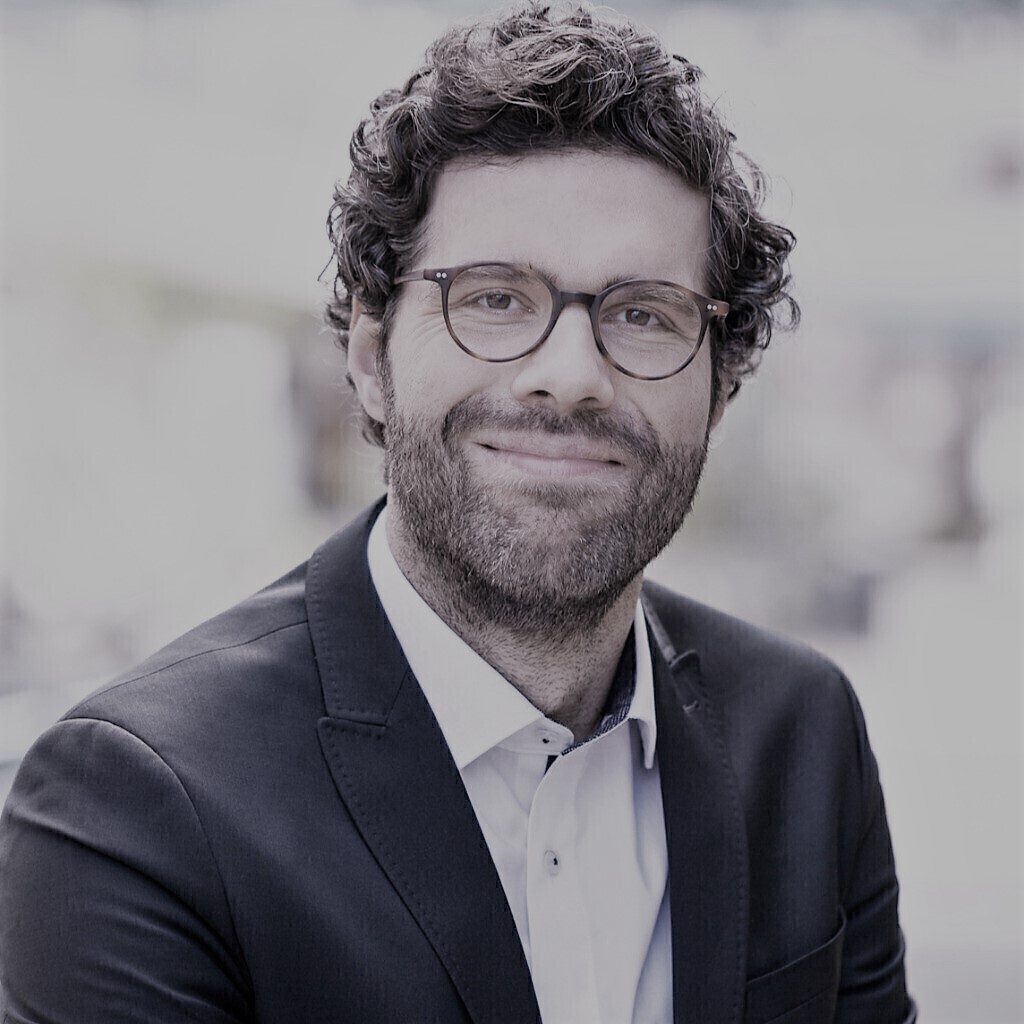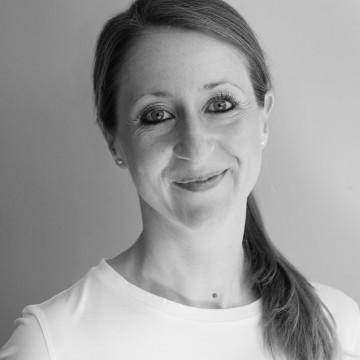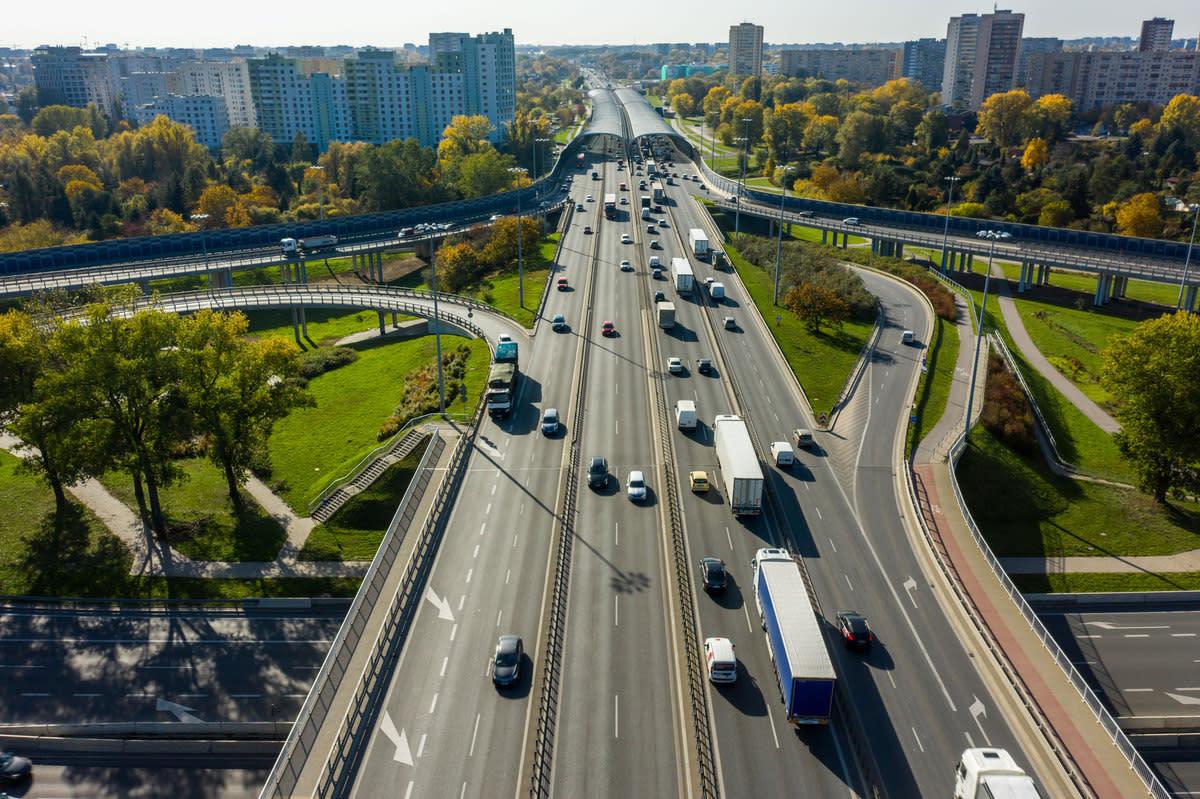Interview with Mobility Expert Valentin Jahn, CAR2AD
Valentin Jahn worked over 10 years as consultant and futurologist in the intersection of digital mobility. As Founder and CEO of CAR2AD, he combines digital business models with traditional mobility providers and shares his take on the future of urban mobility with us in this interview.
Looking at ongoing changes in urban mobility, what are the biggest trends and needs you are observing?
If we are looking at the current mobility landscape, we are facing two big developments: an increasing variety of transport modes on one hand and the Corona situation resulting in a shrinking use of public transport on the other hand. Especially looking at the second, it is now more than ever key to closely look at how to prevent a renaissance of MiV (motorized individual traffic) in cities. Therefore, I feel like it is an absolute necessity to look at the actual needs of the users, not just developing the next brand-new means of transport. We need to understand the reasons why a user is travelling, which criteria support the decision for a specific means of transport or how one simply wants to reach a certain destination?
Nevertheless, when looking at the ongoing innovation in mobility, I think we have been a bit stuck in the last 15 years. To really push innovation nowadays, we need to engage better with authorities. We will need to make it easier to understand new mobility concepts and create a more decision-friendly environment for them. During the Corona crisis, many mobility decisions were taken much faster and less bureaucraticly than usual, e.g. a lot of new bike lines were installed in Berlin without over-engineering the decision process. We should work on options on how to keep this development in our decision taking process alive.
Talking about Car2Ad, which role is your company playing in the latest developments of the urban mobility ecosystem?
Very concrete, we currently helped the German authorities to understand the travel behavior of passers-by. In a BMVI founded project for example, we were counting streams of passers-by.
Overall, we work on helping to close the financial gap of parking time for car sharing vehicles. We are facing a situation where cities need money for the parking fees while having the willingness to support car sharing at the same time. This creates conflicts that we are able to convert into a positive solution for both parties. Our approach helps cities earn their fees and collect data and information. Meanwhile, carsharing providers are enabled to pay their bills, optimize their business with our data and drive it in a positive and profitable direction. With our approach, we thrive to connect two worlds via technology and data: the needs of our cities and those of the carsharing providers.
Where do you personally see the biggest opportunities around urban mobility?
Looking at urban mobility, I see the biggest opportunity in the urban space itself. Our urban way of moving is highly connected to our living and recovering space, our gardening and work space. We discover a lot of spaces and opportunities that are currently unused. A lot of urban space is currently used, but not really in a thought-through manner. For example, a lot of cities don’t even know how many parking spaces they have, what their size is or how frequented they are. We experience a lack of parking spaces while we actually have a very evolved network of urban transport with free capacities. I think that thoroughly understanding these intermodal connections and the actual user needs will provide a big bucket of new opportunities.
Your business model is based on data. Which regulations do you see as necessary and which ones as hindering?
Our business model is focused on the parking time and the surrounding area of the parked car. When we get in direct contact with the customer via our CAR2AD Hotspot, a user permission is needed to handle or forward data for every action. Once users agree, we have different possible incentives. One of them is a special voucher relevant to surroundings and needs. Therefore the trust of our users is always at the core of our activities. A user never needs to share all information at once, but only the data that brings him the expected value and benefit.
Looking at data, what is required in the future to leverage its full potential? Which opportunities do you see?
If I imagine that I am a mobility provider, it is necessary to become a need fulfiller. That means it is crucial to understand the reason why the user (yes, I say user instead of customer) drove to a certain destination. You can for example suggest to him via an intelligent navigation system what the fastest route to an Italian restaurant is, or you might be able to use other POI (Point of Interest) data such as opening times or information about the surrounding area. Only when understanding the needs of your users, you will be able to develop a business model that actually brings value to them and revenue to you. If I therefore see one specific opportunity, I would say it is understanding the user and not simply offering him the next new means of transport.
How can you ensure cities are not getting locked into platforms when buying tech from MaaS providers?
At first, I would be very happy if cities used technology and MaaS already more than they currently do. Looking at cities right now, they still don’t even know how many parking lots there are or what their assets in street infrastructure are. This definitely needs to change, before we can talk about a bigger shift in urban mobility.
Looking into the future, where do you think we can expect the biggest shifts in mobility?
I don’t want to sound too pessimistic, but when you look back at the pioneers and inventors from 100 years ago, where the giant shifts in mobility happened, the first very big ideas in mobility were created from scratch and new technologies evolved almost in a start-up manner. I feel like we are a bit stuck today. We are generally facing times with no major crises and no need to radically reinvent our mobility. But being confronted with a big health and economical crisis right now, my hope is that this could actually encourage the mobility companies to innovate, to cooperate and to really focus on what the user needs.
How do companies need to adapt for these changes?
I think, to stay relevant in the future, we need an interplay and an intersection of business models - or should we even say industries? For car users and other means of transport, we clearly need to focus on finding how we can provide value, who would pay for what and where responsibilities lie. Only if we find these intersections we can develop successful new business models that also mitigate potential risks.
About Valentin Jahn

Valentin Jahn worked over 10 years as consultant and futurologist in the intersection of digital mobility. Since the early beginnings of app-based mobility solutions, he jumps in this disrupting topic and invented many solutions for the mobility industry. As Founder and CEO of CAR2AD, he combines digital business models with traditional mobility providers. Additionally, he is a welcomed speaker and expert in the context of mobility and digital innovation.
About CAR2AD
CAR2AD sees itself as an integrator between online marketing and classic out-of-home advertising. Vehicles are used as mobile poster carriers or banner surfaces. With CAR2AD, content can be uploaded to the digital screens in real time, location-specific, target group-specific and automated.
To learn more about our mobility approach, check out our mobility page.
 Simone MittererGlobal Head of Brand and Communications, Germany
Simone MittererGlobal Head of Brand and Communications, Germany

